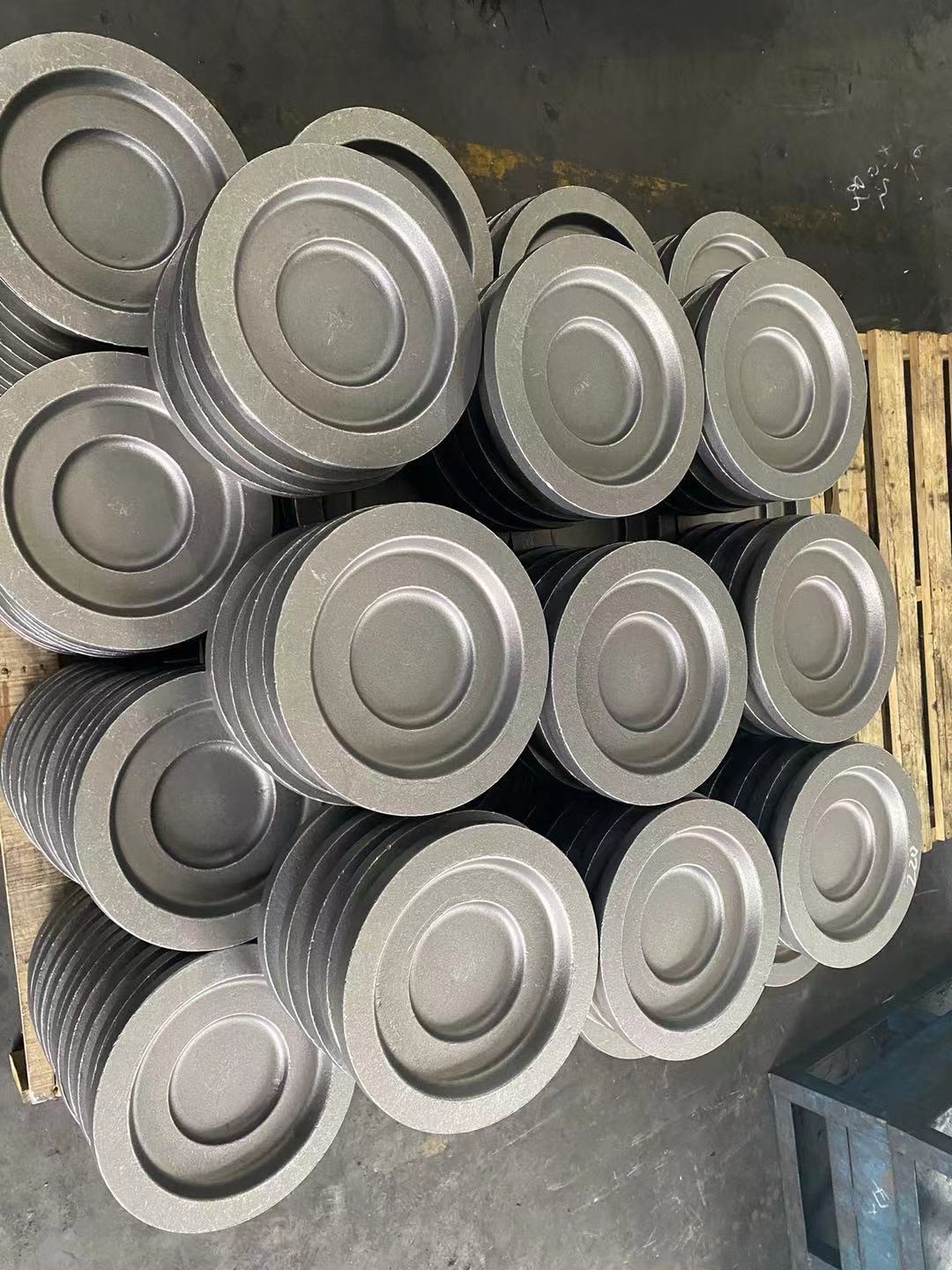The sequence and characteristics of structural
2022-12-21
The sequence and characteristics of structural changes of forging parts and the way of reaming
In the initial stage of forging deformation, a substructure with high density dislocations is formed. These dislocations may be uniformly distributed or become subgrain boundaries of the brittle substructure. It can also be observed in cold deformation. When the softening process is not obvious, this stage of hot deformation can be named hot work hardening stage.
Then, in the second stage of the structural change of forging parts, polygonal subgrain boundaries are formed due to the enhancement of the softening process, and there is a relatively high density of free dislocation in the subgrain boundary region. During the deformation process, polygon substructure gradually replaces the hot working structure. And the sub-structure of the multilateralization itself is also changing, resulting in the formation of almost equiaxed sub-grains.
At the end of the structural change of forged parts, the isoaxial polygon substructure remains unchanged, and the stress and metal substructure are continuously transformed, corresponding to the rising part of the deformation diagram. In the next stage of thermal deformation, the stress and the resulting polygon structure do not change.
If you want to reaming on the forging parts, there are more methods, punch reaming, mandrel reaming and slit reaming. Punch reaming is to punch a hole with a small punch on the blank, and then use a larger punch to pass through it, which can expand the hole and gradually expand the hole to the required size. It is mostly used for reaming the hole within 300mm.
The mandrel reaming is mainly used in the forging process of ring forging parts. It is necessary to insert the mandrel into the blank that has been punched through the hole, and support it on the horse frame. In the forging process, the blank is fed while being hammered and rotated, so that the blank is repeatedly forged and extended along the circumference between the mandrel and the upper anvil until the inner diameter reaches the required size.
The slit reaming of forging parts is to first rush out two small holes in the blank, cut the metal between the two holes, expand the incision with the punch and then reaming, in order to achieve the required size of forging parts. This method is used for forging thin-wall forgings with large apertures or forgings with holes whose shape is irregular.
this is forgings produced by tongxin precision forging company

X
We use cookies to offer you a better browsing experience, analyze site traffic and personalize content. By using this site, you agree to our use of cookies.
Privacy Policy



